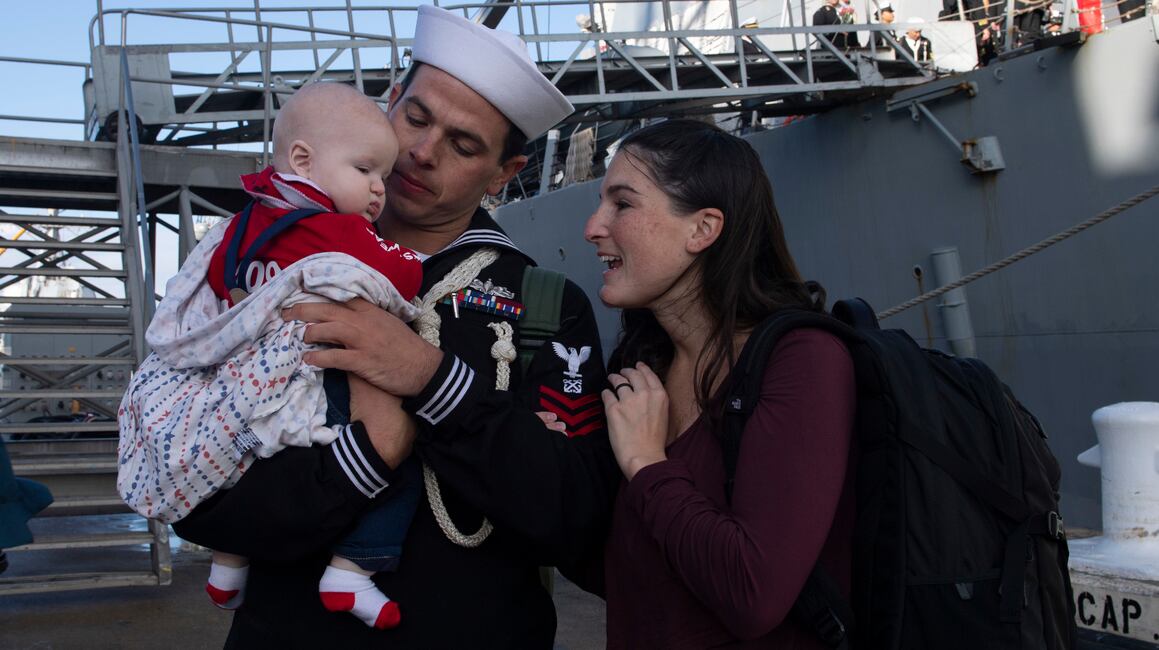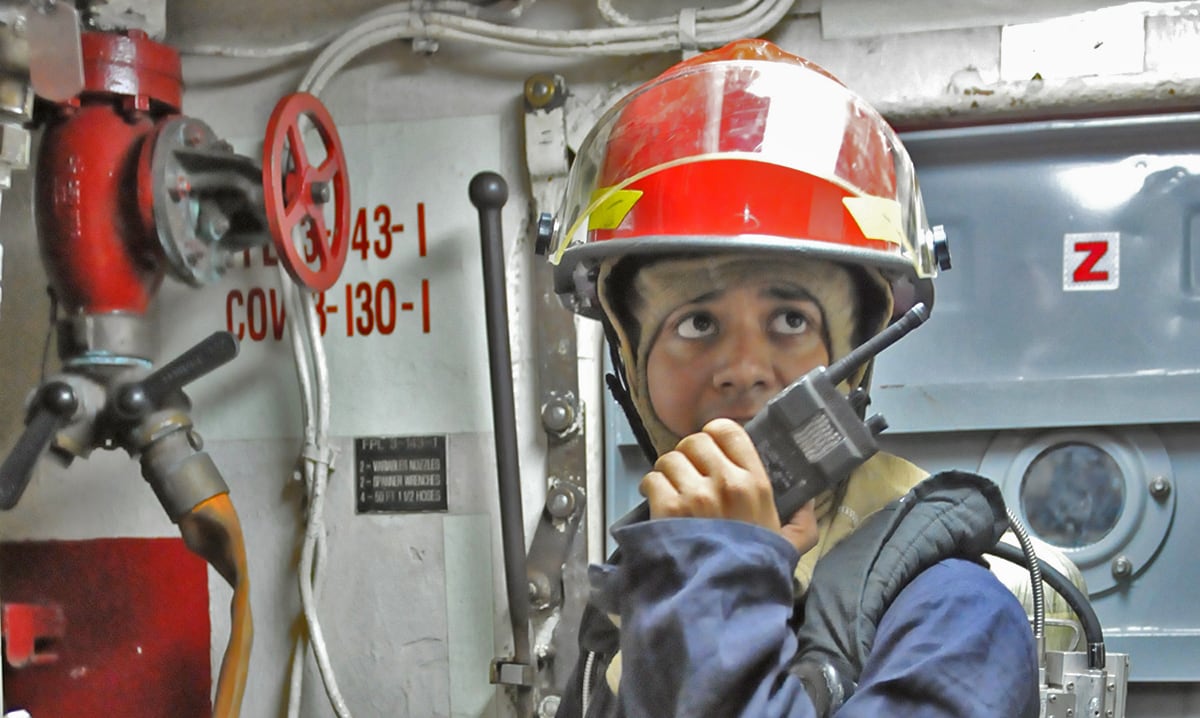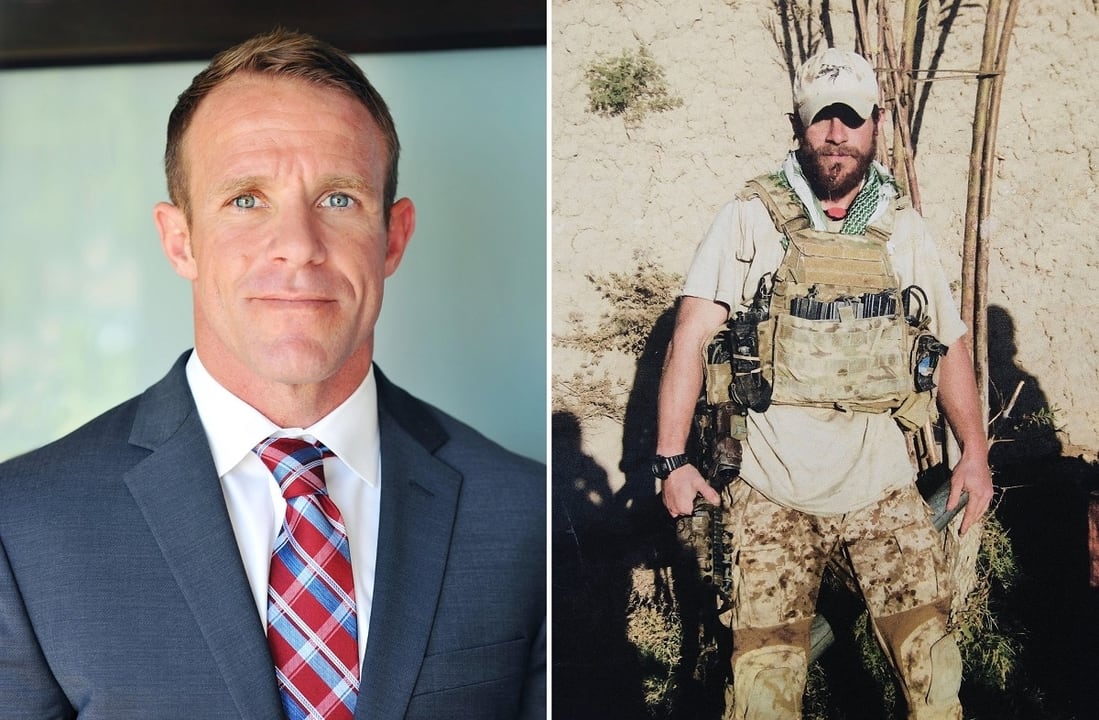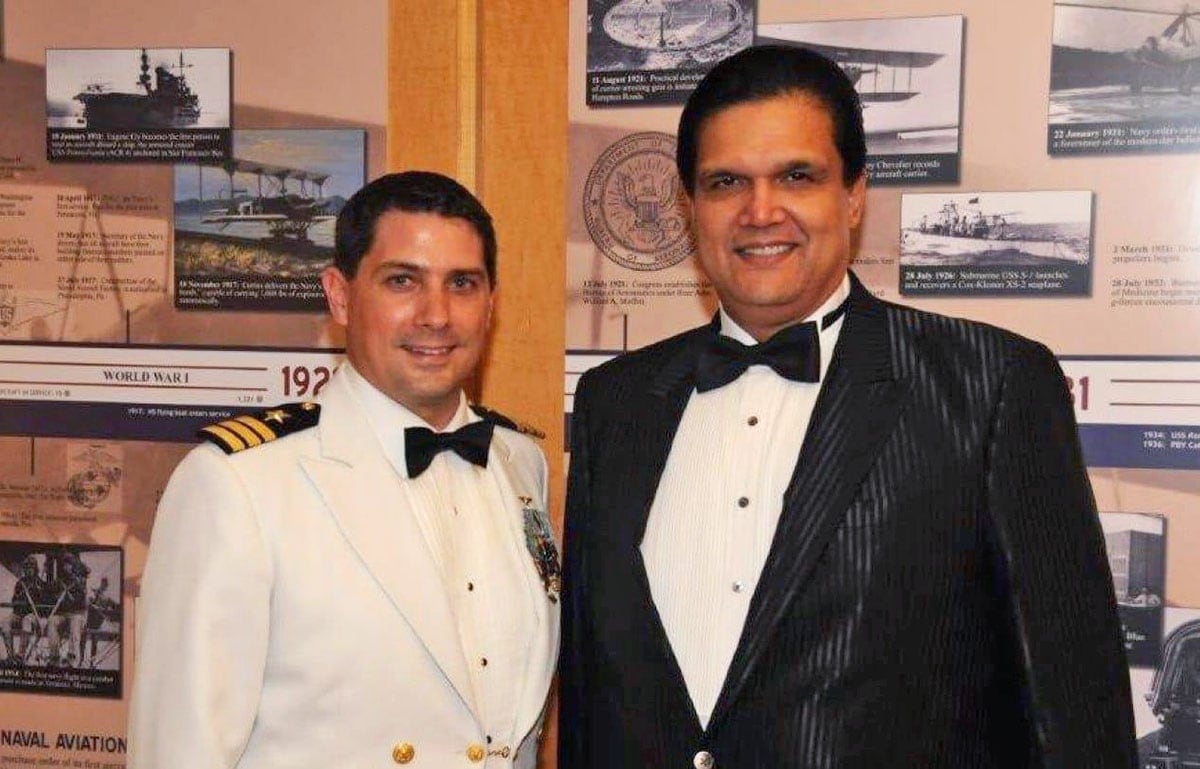More money and more personnel but also new challenges from rising rivals in the western Pacific, Europe and the Persian Gulf.
More changes to your leadership inside the Navy and at the Pentagon.
And more innovations that promise to transform the ways the nation’s premier maritime service recruits, trains and retains its sailors.
Sailors, to usher in the new year we’re counting down the 19 stories we think you should monitor in 2019. Yesterday, we took care of 19, 18, 17 and 16.
Here come 15, 14, 13 and 12, so buckle up!
RELATED


15. More chances to advance
The Navy is expected to grow in 2019, increasing manning to levels unseen in the sea service for over a decade, with advancement opportunities inching up alongside the size of the force.
As of December 5, the service had 329,867 people on active-duty, the highest number in uniform total since late 2010.
By next December, the Navy is slated to have 335,400 officers and sailors, the highest total since late 2007.
Navy personnel officials say the continued growth in end strength should spark more chances for you to get ahead, a trend spotted in 2018.
Active duty petty officers enjoyed a 23.5 percent chance of moving up in the fall cycle, slightly higher than in the spring.
Advancements to chief petty officer saw a steady rise over the past three years, cresting at a 25 percent selection rate in 2018.
Since 1997, the selection rate to senior chief petty officer held stead at around 11 percent, until 2018. Then it shot up to 14 percent.
There also will be more Meritorious Advancement Program picks. Since officials revamped the program in 2015, quotas have increased by 4,774 total slots. That’s a 213 percent increase over the initial 2,238 quotas allowed.
The Navy’s top personnel officer, Vice Adm. Bob Burke, wants one out of every four petty officers to get ahead through merit-based advancements, a trend likely to continue in 2019.

14. More money in your pockets
Sailors in 2018 saw lawmakers approve their biggest pay raise in a decade. And the next boost could be even bigger.
Continuing a trend in recent years, the raise for 2020 is slated to rise again, thanks to the improving economy and expected increase in civilian sector wages.
Based on the current federal formula, troops should see a 3.1 percent pay raise in January 2020, up 0.5 percent from the 2.6 percent raise this January.
If that holds, it would mark the fifth year that troops saw a bigger pay raise than the previous year.
But getting the money depends on Congress and the White House.
The is an easy target for savings because of the large effects even small changes to salaries can make.
Dropping the pay raise by 0.5 percent — which leaves troops with a large paycheck but not necessarily one that keeps up with civilian wages — can save up to $3 billion over five years for the Defense Department.
But military advocates have long argued that such moves undermine promises to provide for troops and their families.
The White House’s formal Defense Department appropriations request is scheduled to be unveiled in February.
After that, expect months of wrangling over the totals and details.

13. Special warriors under fire
While trials targeting the officers of the guided-missile destroyer Fitzgerald and a slew of Fat Leonard defendants snatched headlines nationwide, quieter court-martial proceedings have played out for the Navy warriors who ply their trade in the shadowy world of counter-terrorism operations.
In California, six SEALs are battling war crime charges tied to their service overseas in either Afghanistan or Iraq.
In Virginia, two SEALs face murder charges for their alleged roles in the slaying of Army Special Forces Staff Sgt. Logan Melgar, who was strangled to death on June 4, 2017 in Bamako, Mali.
They’ll be joined in the Norfolk docket by Navy Lt. Craig Becker, an explosive ordnance disposal expert who authorities believe drugged and tossed his wife, Johanna Hanna Elizabeth Hove-Becker, from their Belgian apartment’s window in late 2015, killing her.
All have pleaded not guilty but the strongest public support has gone to a pair of SEALs in San Diego, Chief Special Warfare Operator Edward “Eddie” Gallagher and his commanding officer, Lt. Jacob “Jake” Portier.
Prosecutors allege Gallagher stabbed to death a young, wounded Islamic State prisoner of war near Mosul in 2017. He faces at least 14 criminal counts, including murder, aggravated assault, obstructing justice and drug charges tied to alleged pain reliever and anabolic steroid abuse.
Portier is accused of failing to report rumors of his chief’s misconduct to superiors in their chain of command.
Both have proclaimed their innocence and predict they’ll be exonerated. Supporters also point to Chief Special Warfare Operator Keith Barry, who won a landmark decision on Sept. 5 from the military’s highest court after justices ruled senior Navy leaders committed unlawful command influence that tainted his case.
But questions continue to mount about a culture of corruption and callousness inside the secretive teams of SEALs and the sailors who are attached to them.
Nine very public court-martial trials might answer them.

12. Fat Leonard haunts the Navy
This past year saw several current and retired Navy leaders disciplined, tried and sentenced for their dirty dealings with “Fat Leonard” Glenn Francis, the portly shipping magnate who plied scores of senior officers and their top enlisted sailors with prostitutes, booze, cash and other perks to land ship servicing contracts in the Western Pacific.
At least 21 active-duty and retired defendants have been charged by the U.S. Justice Department in connection with the Fat Leonard scandal and federal prosecutors passed hundreds of lower-level cases to the Navy for military adjudication.
As of mid-December, 11 named defendants still await trials for public corruption. Several are expected to start in 2019, including those for Cmdr. Stephen F. Shedd, the former 7th Fleet planning officer, and retired officers Rear Adm. Bruce Loveless, Capt. David “Too Tall” Lausman and Cmdr. Donald “Bubbles” Hornbeck.





